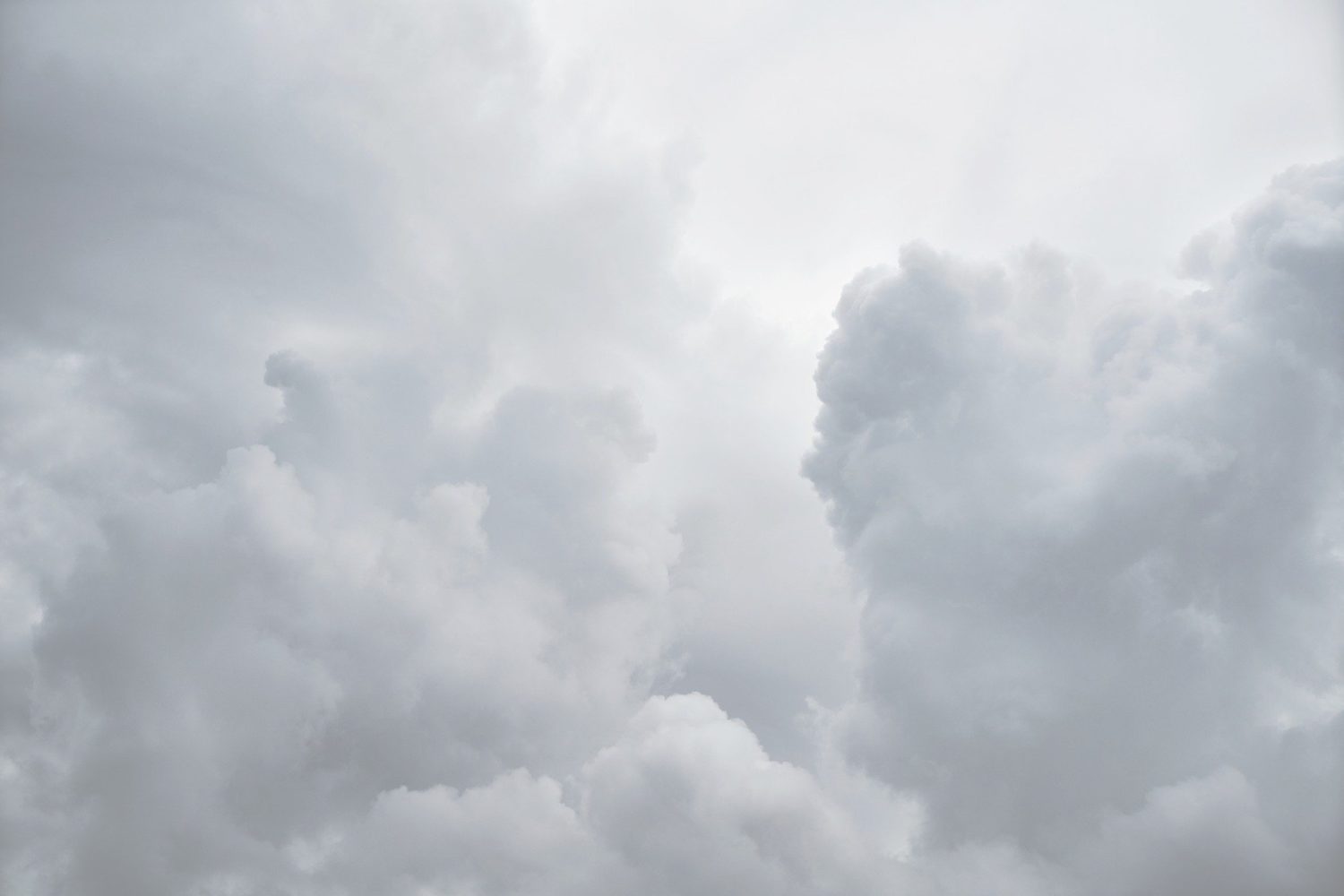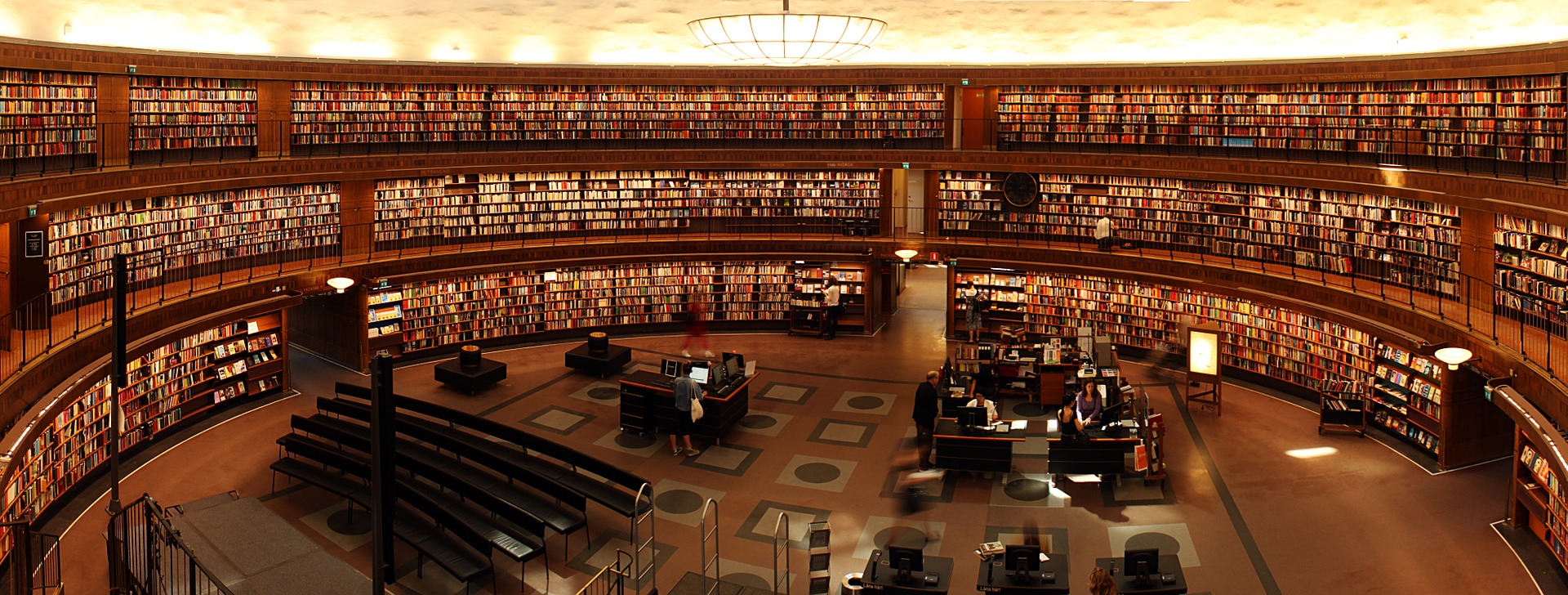In July 2016, Ima Matul, an Indonesian woman who grew up in the rural village of Malang, East Java, spoke in front of thousands of people at the US Democratic National Convention. She told the story of how she survived human trafficking.
When Matul was 17 years old, a labour recruiter promised her a job as nanny and housekeeper in the United States, with a salary of US$150 a month. The recruiter was a trafficker and Matul was enslaved for three years, doing long hours of unpaid domestic work. She was forbidden to go outside or talk to anyone, and was often beaten.
Matul eventually escaped by writing to a nanny next door. The neighbour helped her by driving her to the Los Angeles offices of the Coalition to Abolish Slavery and Trafficking, and she has been campaigning against human trafficking ever since.
Women exploited
Matul’s story is one of thousands, and it shows that human trafficking is a real threat to human security, especially for women.
Women are the most vulnerable group for being trafficked. According to a 2014 report by the United Nations Office on Drugs and Crime (UNODC), some 70% of victims in the global trafficking trade are women (49%) and girls (21%). Apart from forced labour, as was the case for Ima Matul, women are also sexually exploited.
The UNODC report notes that 53% of trafficked women were forced into the sex trade, 40% were forced labourers, and 7% had organs removed for trade or were put to other uses.
Indonesia’s role
Indonesia is a major source country for trafficking in women and children, both across and within its borders.
Although the figure has been falling, according to the World Bank, more than 10% of Indonesians lived below the poverty line in 2014. The country also has a high rate of unemployment (5.5% in February 2016, which is about 7.02 million people), making it easy for traffickers to recruit victims.
A 2010 reports shows that around 30% of sex workers in Indonesia are girls younger than 18, who were forced into the sex trade. They are victims of sex tourism destinations across the country, such as in Bali and Lombok, which cater to both local and foreign tourists.
What’s being done
In 2007, Indonesia enacted a law criminalising all kinds of human trafficking at home and overseas. In the same year, the Australia government partnered with intergovernmental organisations to help the Indonesian government’s efforts by providing legal reviews in human trafficking cases, and training for transnational investigative cooperation as well as financial investigation.
Australia and Indonesia are implementing a policy of tracking people who travel to Indonesia for sex tourism purposes. A wide network of police forces, including the Australian Federal Police, the Indonesian police, and Interpol, track sex offenders through chat rooms and keep an eye on their travel plans. And then alert the destination country every time sex offenders travel.
In 2014, Indonesia was the number one destination for Australian child sex tourism. So cooperation between the two governments is also an attempt to curb the number of Australian sex predators in Indonesia.
Other efforts
Indonesia is working with UNICEF to address the issue of trafficking and sexual exploitation of children. It adopted a Child Protection Law in 2002 to protect minors from abuse, violence, exploitation and discrimination. All member countries signed the Declaration on the Elimination of Violence against Women and the Elimination of Violence against Children in ASEAN in 2004, and the ASEAN Human Rights Declaration in 2012.
Despite these policies and agreements, Indonesia is still seeing an increase in the number of people being trafficked. Data from the Indonesian Ministry of Foreign Affairs showed a growth of human trafficking from 188 cases in 2013 to 548 cases in 2015. Most were women and children.
As of 2016, the US Trafficking Victims Protection Act(TVPA) categorised Indonesia as a Tier 2 country. These are countries whose governments don’t fully comply with the minimum standards of the TVPA but are making efforts towards it. While this shows progress, it also illustrates that efforts by the Indonesian government haven’t yet protected women and children from trafficking.
Why no progress?
Even though ASEAN has put agreements in place to combat trafficking, there are no strict regulations in the regional framework to adopt on the domestic level. Member countries have different priorities and perspectives regarding the issue of human trafficking. And so far, only Singapore, Cambodia and Thailand have ratified the ASEAN Convention on Trafficking in Persons, Especially Women and Children.
In late September 2016, the Indonesian government said it was still in the process of ratifying the convention and harmonising it with national laws. But there’s been no word on when the process can be expected to be completed.
Indonesia must step up its effort to stop the trafficking of women and children. It needs to enforce laws, and implement bilateral and regional agreements. The country also needs to focus on development that will address unemployment and lift the population over the poverty line. Only then can we no longer expect stories like that of Ima Matul.



